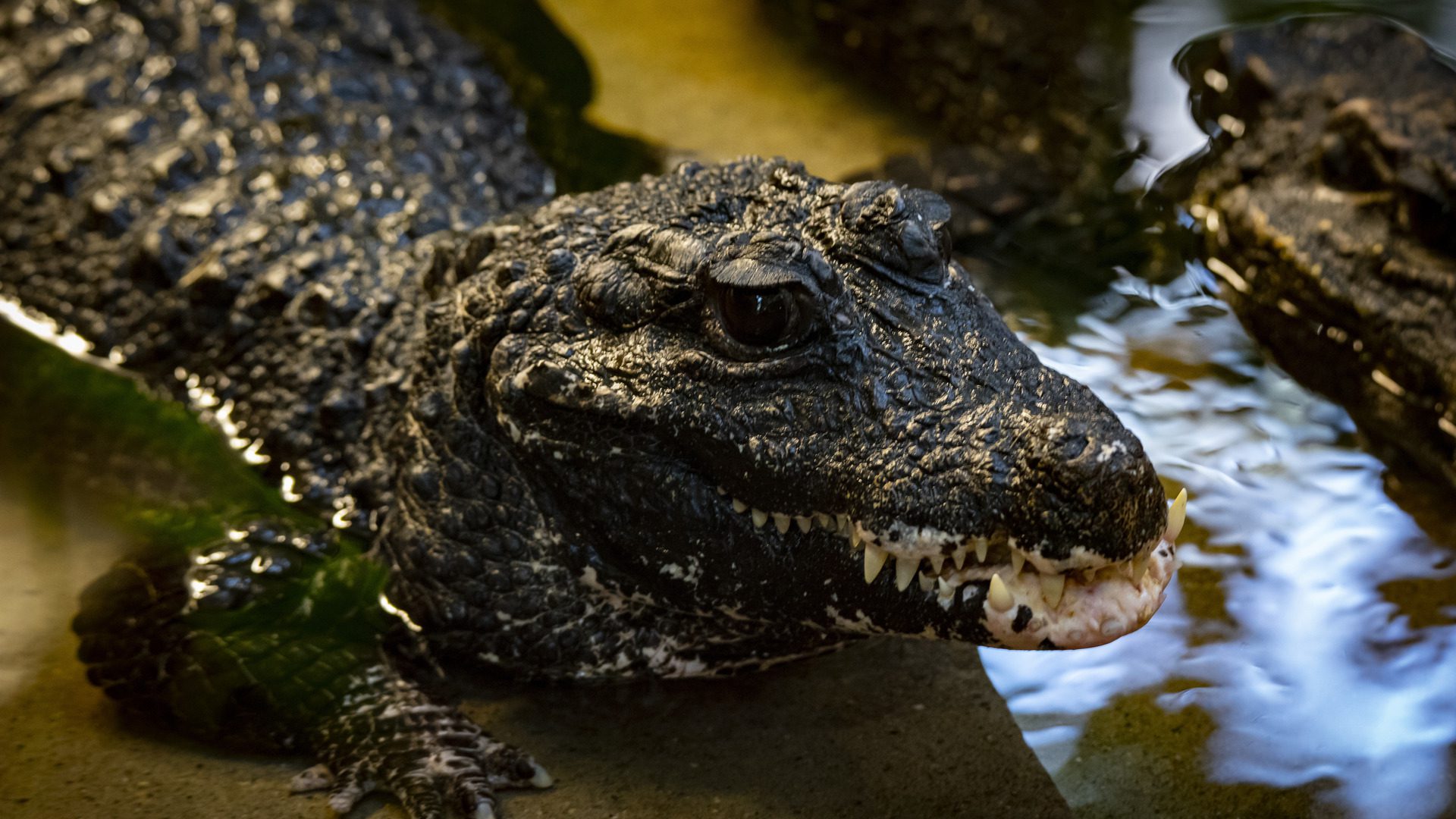*New* Burrowing In with Burrowing Owls (4-6)
The burrowing owl is a unique grassland species, whose Canadian population has declined by 90% since the 1990s. The owl is listed as endangered due to several threats that result in high…
Read MoreWild Canada is now open to the public and members. We welcome you to take a journey through seven of Canada’s ecological zones, celebrating the wonder and diversity of a world where people, animals, and the land are connected.
To simplify our membership program, we’re moving to a two-tiered structure – Wild Explorers and Wild Adventurers. The difference between the two? It’s all about the perks you receive!
Please click here for a comprehensive program overview and answers to frequently asked questions.
On-site Program
Students will explore the relationship between water quality and living things, learn about the biofilter systems that keep our animals happy and even do some water testing. Students will discover the importance of water and its global distribution through small group activities. Water conservation strategies will be uncovered as students reflect on the question “How can we ensure clean water for generations to come?”
Length: 4 hours
Program times: 10:00 a.m.
Maximum students: 37
Cost:
Curricular Connections
